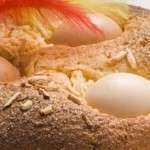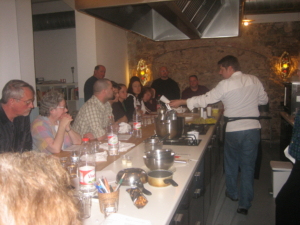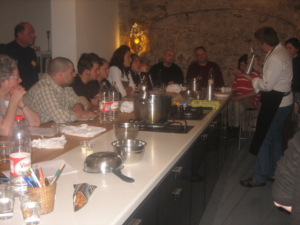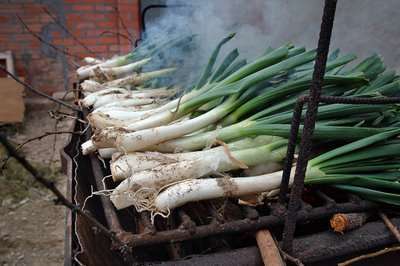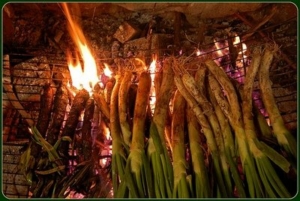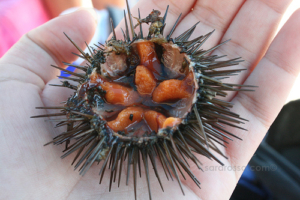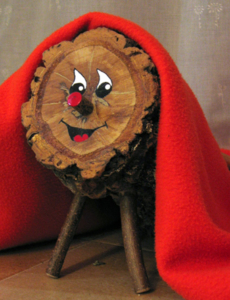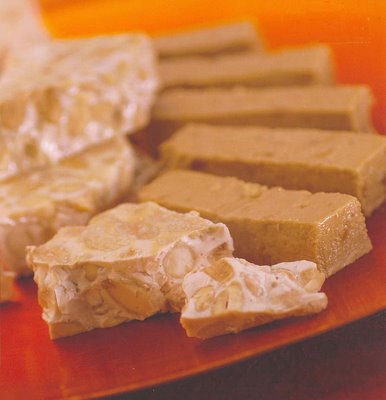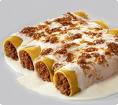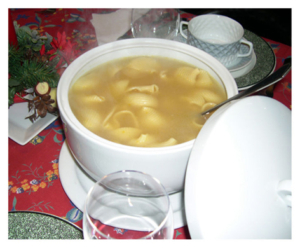TRADITOINAL SPANISH MONA DE PASCUA….EASTER CAKE
Ingredients for Traditional Spanish Mona de Pascua
For the Sponge
- 4 eggs
- 150g of Sugar
- 150g of flour
- 20g of ground almonds
- 5g of yeast
- 2 beaten egg whites
- 50g of butter
For the Filling
- 300g of Peach Jam (or any other rich tasting fruit jam)
To Garnish
- 250g of dark chocolate
- 125g of butter
Instructions for traditional Spanish Mona de Pascua
1) Beat the eggs and sugar together in a bowl
2) Mix the flour and yeast together in a separate bowl
3) Gradually add the mixture of flour and yeast through a sieve (to avoid creating any lumps) to the egg and sugar mixture
4) Stir constantly while adding the ground almonds
5) Whisk the egg whites in a separate bowl until they form peaks
6) Once they are half whisked, add 50g of sugar, once whisked blend in with the flour and egg mixture
7) Turn the final mix out into a greased and flour sprinkled mould
8 ) Place in the oven at 180 ºC for about 40-45 minutes
9) Remove the sponge, allow to cool, cut in half and spread with the jam filling
10) Finally, stir and melt the chocolate and butter together, cover the sponge with the chocolate and allow to cool. Why not try adding your own final touch, some decorated or coloured eggs? A few feathers? A few miniature chicks? Or a little rabbit?
If you would like to learn to cook like a professional then our private Gourmet Cooking Tours introduce you to the best of Spanish cuisine as well as a range of culinary delights such as Michelin starred dining, exquisite wine tastings and authentic gourmet tapas tours.

